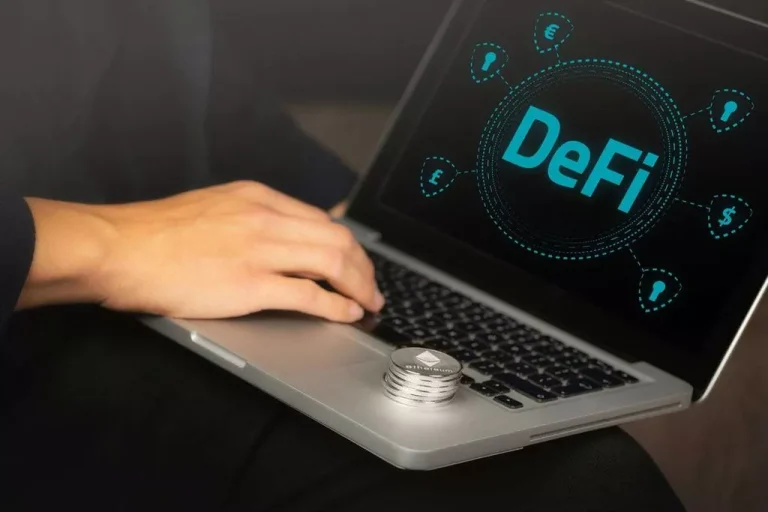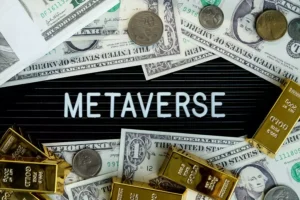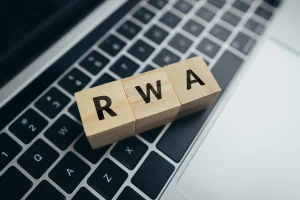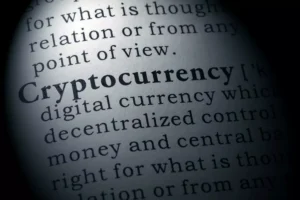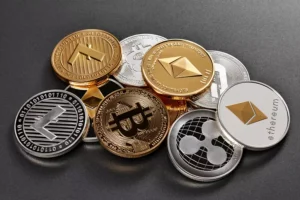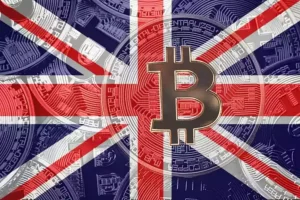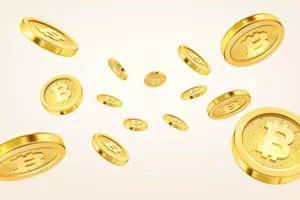Decentralized applications, commonly called dApps, represent a breakthrough in mi no required for traditional applications. dApps, in contrast, operate on a distributed ledger, most often the blockchain. Such a format change offers improved safety and openness. Their particular group of dApps, referred to as decentralized finance apps (DeFi), focuses on financial services. Without the need of centralized middlemen, platforms like Uniswap enable cryptocurrency trading.
In this article, we will have a closer look at understanding what are decentralized applications, how they work, and which benefits bring.
What is a dApp?
Such a question revolves around an emerging technology revolutionizing the digital world. A decentralized application functions on a blockchain rather than centralized servers. Instead of just one company or organization, many users share control in dApps. Such a decentralization provides strong security and transparency. Blockchain technology for dApps uses automated smart contracts that carry out activities when specific criteria are met.
Web3 refers to the internet empowered by decentralized applications and other technologies. It allows for a more user-controlled, transparent online experience. dApps represent a step towards an open, secure, and transparent digital world. With use cases in various sectors, including DeFi apps, it reshapes the web’s and corporate dealings’ future.


Turnkey Brokerage Solution For Your Business
Get the most profitable fully licensed fx/crypto brokerage software or ready-to-operate business in 48 hours. Best-in-class web & mobile trading platforms, sales-driven CRM, full integration with MT4/5, and 150+ payment providers.
How does a dApp work?
The question addresses the functionality of decentralized applications, a primary element in the burgeoning world of blockchain technology.
Smart contracts have conditions explicitly embodied into code and govern applications and self-executing agreements since dApps run on a decentralized network. They work on a blockchain across several nodes. It guarantees transparency and decreases the chance of scams or tampering.
Here’s an insight into how dApps work:
- Open-source nature: They usually have code that anyone can inspect. It brings confidence to consumers who are utilizing the product.
- Decentralization: Transactions in dApps record across numerous nodes, minimizing central control and failure points.
- Incentive mechanisms: Many apps incentivize users through native tokens or cryptocurrencies.
- Consensus protocols: Apps depend on digital agreement algorithms to validate transactions. They make sure all parties agree about the accuracy of the information in the protocol.
dApps are also critical in decentralized finance apps because they provide a venue for monetary trades without traditional banking structures. It leads to a more inclusive economic system.
The answer to the question “what are dApps” gives a slight understanding of how the future version of the internet, Web3, may look like and what we should await for the new scale of the digital world. Such a type of web places a higher priority on user privacy and authority, which reduces reliance on centralized authorities.
Decentralized networks, which dApps rely on, encourage complete transparency for their users. The types of dApps like Ethereum and Uniswap alter our financial infrastructure drastically.
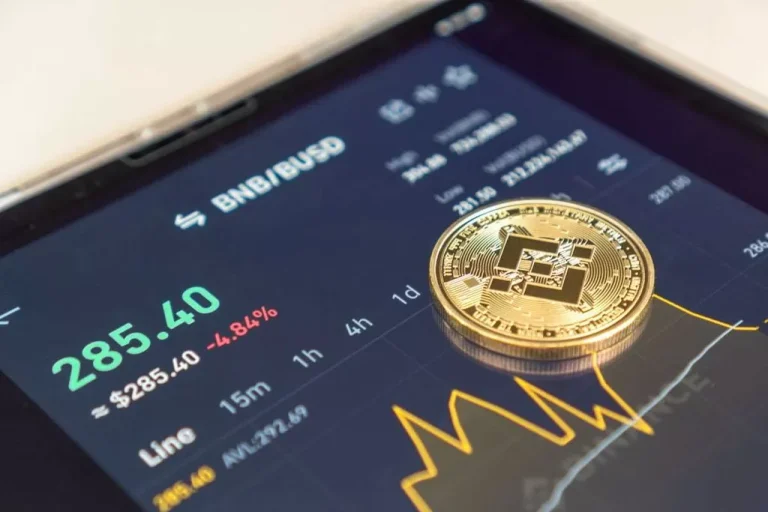
Benefits of decentralized applications
With regard to modern technology, there are several advantages. The blockchain, on which the dApps crypto is built, is the source of all their advantages. These mechanisms ensure that no one party has total control over the app system.
Below, we look through the key advantages the dApps bring:
- Security: They minimize prominent matters of failure. Data is stored across multiple nodes, which creates an infrastructure where unauthorized alteration is almost impossible.
- Transparency: With open-source codes, users verify the functionality and protection of dApps. Such a principle fosters trust among consumers.
- Control and privacy: dApps empower users by granting control over the app’s data and transactions.
- Efficiency and speed: The applications offer more closed transaction terms, especially in DeFi apps, as they bypass traditional intermediaries.
- Inclusivity: Without central control, applications permit global participation, providing services across geographical boundaries.
- Innovation in the financial sector: Decentralized finance applications are a part of dApps, enabling monetary transactions without conventional banking constraints.
With the help of dApps, control, privacy, and open internet become critical components of the new web, supported by dApps and smart contracts. Decentralized apps have an optimistic future. They have many pros, including increased security and worldwide inclusiveness.
Drawbacks of decentralized applications
Let’s shed light on the drawbacks and difficulties of the new technology. Decentralized apps have become popular thanks to their many advantages, but users and developers still need to consider certain factors.
One of the biggest difficulties is the designing of dApps. It demands extensive knowledge of smart contracts and blockchain technologies. This intricacy serves as a substantial barrier to entry for many developers, particularly those who are new to the sphere, discouraging them from participating in the development of decentralized apps. These technologies have a steep learning curve that often takes countless time and effort.
Scalability issues also pose a considerable challenge. As the number of transactions grows, some decentralized applications face difficulties in handling the increased demand. It leads to delays in trading and higher costs associated with the operation. Solutions to this problem are often complex and vary depending on the blockchain.
Another concern is the lack of regulation surrounding dApps, especially those involved in decentralized finance. The absence of a prominent authority governing these apps leads to regulatory challenges. Navigating the legal landscape becomes difficult as laws and regulations differ greatly between jurisdictions, potentially posing legal risks for developers and users.
Interoperability problems further complicate the landscape. Not all decentralized applications work seamlessly across different blockchain networks. This lack of interoperability hinders user experience as it may limit the functionality of a dApp or create friction when moving assets between different networks. Efforts are being made to improve this through cross-chain solutions, but it remains an obstacle.
Energy consumption is also an area of concern. Some apps generate high energy consumption, particularly those on energy-intensive blockchain networks. It has environmental implications and leads to criticism from stakeholders, potentially impacting the perception and acceptance of the technology.
What are examples of dApps?
Examples of dApps include online games, cryptocurrency wallets, and even social media platforms. Here are a few well-known dApps examples:
- Ethereum: Ethereum is a well-known platform that enables programmers to create dApps and smart contracts. It serves as the foundation for many other decentralized apps.
- Uniswap: Operating in the DeFi sector, Uniswap is a DEX where people trade crypto without leaning on a central intermediary.
- CryptoKitties: A blockchain-based virtual game, CryptoKitties allows players to purchase, collect, breed, and sell virtual cats.
- Decentraland: A virtual reality platform, Decentraland enables users to purchase, build, and monetize virtual real estate.
- MakerDAO: Part of DeFi applications, MakerDAO offers stablecoin creation, loans, and interest through a decentralized platform.
- Aragon: Focused on creating decentralized organizations, Aragon provides tools to manage these entities on the Ethereum blockchain.
- Sushiswap: Another DeEx, Sushiswap, allows users to trade and earn tokens through liquidity mining.
These decentralized applications examples show how people may use them for various purposes. They run on the dApps blockchain technology, which increases security, transparency, and resilience. It’s important to note that the dApp landscape is continually evolving, and new innovative applications are being developed regularly.
